The secret life of seeds: The little wonders that sustain all life on Earth
They might not be especially striking to look at — if you can see them at all — but seeds are among the natural world’s most awe-inspiring marvels.
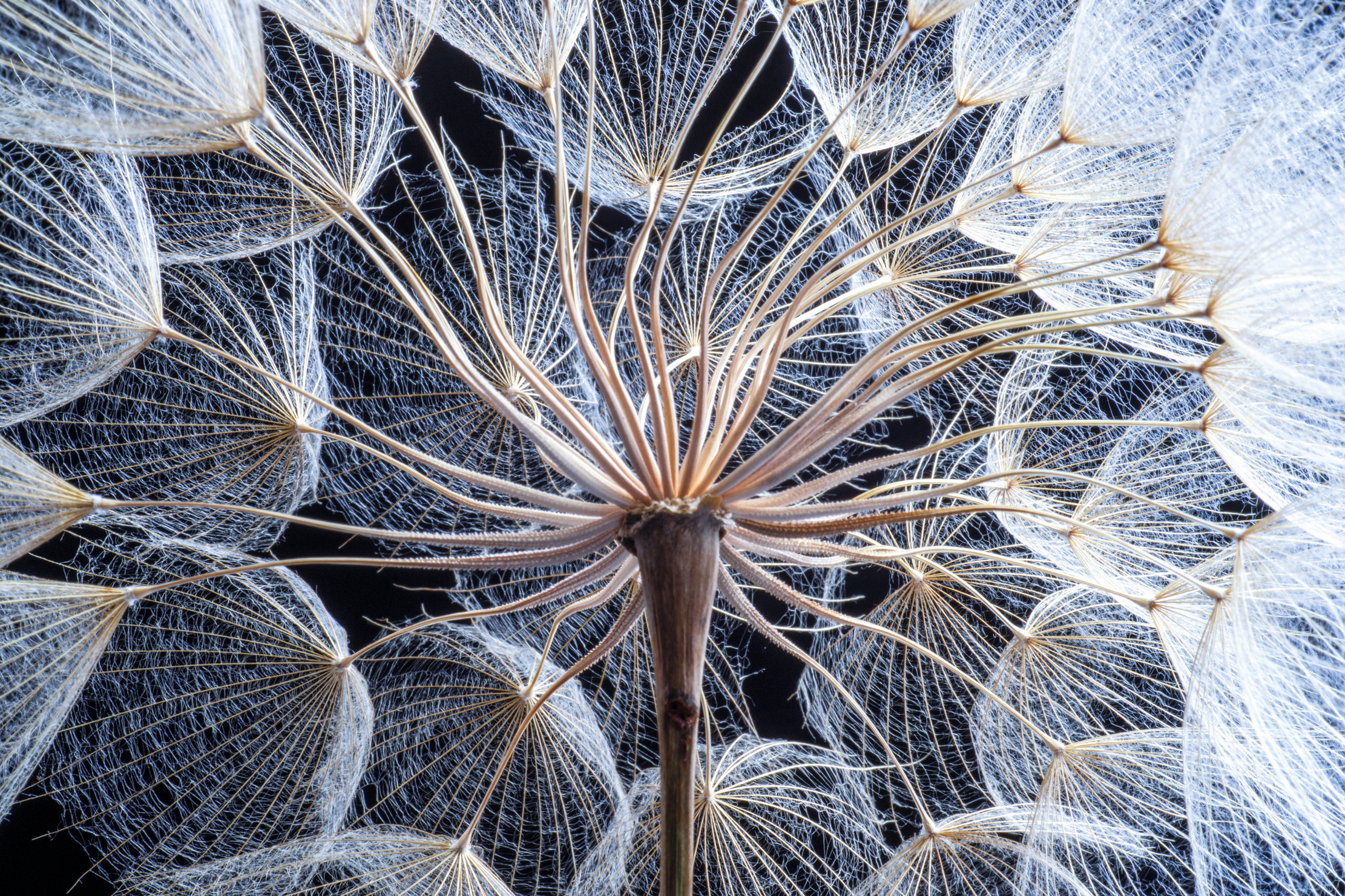

Now, place on your palm a conker or a grain of wheat, an avocado pip. Clasp it. Always the hard physicality, but also the sense of potency, so definite as to be tangible. Seeds. The beginning of life for plants of all types, whether the humble wildflower that is herb Robert, fixed in the crack alongside an English garden path, the sky-scraping redwood trees of California or the floating lotus flower of Chinese lakes.
Seeds: they come in as many forms as there are grains of sand on a beach. The biggest seed belongs to the coco-de-mer palm of the Seychelles, weighing in at three stone. The seeds of foxglove are smaller than a grain of sand and so light in weight that 10,000 put on the kitchen scales would register only 0.035oz.
Seeds: their strange beauties, their outlandish oddities. The seed of the blue cornflower resembles a miniature shaving brush, suitable for gnomes, whereas the seed of scabious is a ballet dancer in a crêpe tutu and the water chestnut of Asia an eerie ram’s head. The sea bean of Central America is a perfect heart, the Japanese lantern does, indeed, put one in mind of an Oriental lampshade. A wrinkly woody walnut is a hard nut to crack, yet the scarlet and black seeds of the bush bean Phaseolus vulgaris are painted egg-shell miniatures. Or cartographs of lost worlds.
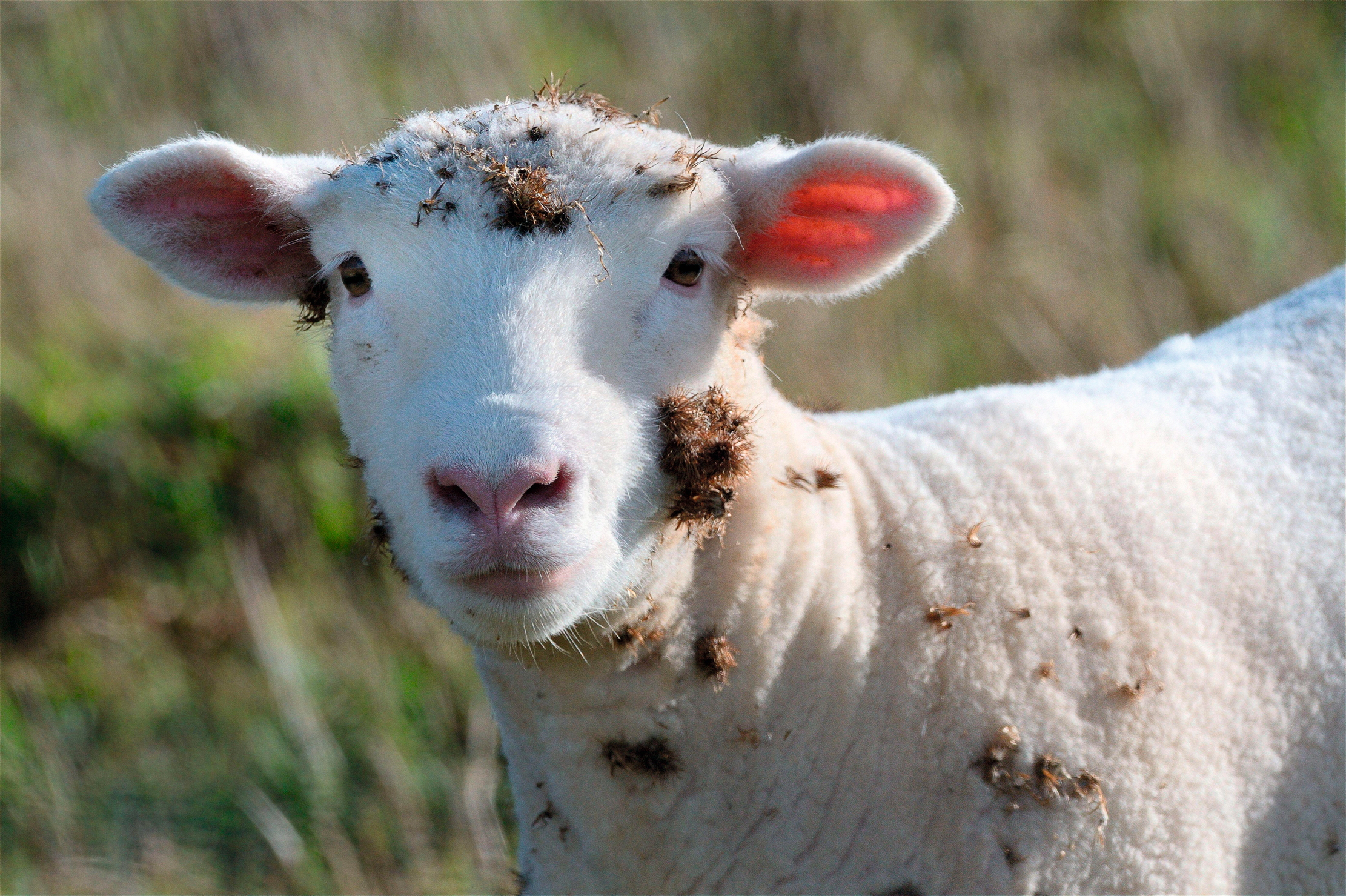
The burdock will attach its seeds via burrs to passing animals. In this case, a fluffy sheep.
The seed of strawberry is a nondescript dot, but oh, the luscious red flesh on which it is studded. If the variety of seeds is myriad, they are, botanically, all the same perfect package: embryo, stored food, protective seed coat. The ‘radicle’ of the embryo grows the roots, the ‘plumule’ grows into leaf, stem and seed. There are two types of plants that produce seeds: gymnosperms (such as the conifer family), the seeds of which are exposed (from the Greek gymnos, ‘naked’, and sperma, ‘seed’), and angiosperms, or flowering plants, with seeds protected by fruits (from angeion, meaning ‘vessel’). Whether gymnosperm or angiosperm, the seed has an inbuilt genetic programme. From little acorns oaks do grow, not marigolds or mangroves. Botanical teleology.
Now sit outside, in a park or garden, field or forest, stream or seaside. Regard the ground, the bushes, the trees, the water. Seeds: they are everywhere. Latent: waiting, waiting to grow, waiting to seize the opportunity to expand their living space. There are many wonderful things about seeds, but surely their ingenious stratagems to disperse themselves are greatest? Take the coconut, round and hollow like a football, with a waterproof wadding to keep it afloat on the surface of water. Nature’s own life buoy, the coconut has traversed the seas since the dawn of time, so profusely scattering its nuts along the coasts of continents that no one knows its true place of origin.
If the coconut prefers to float away on the waves, air travel is the choice of many seed types. Some seeds are so minute — those of St John’s wort, a healing herb, are 43 times smaller than a grain of sand — that a mere puff of breeze will simply and effectively carry them to destinations new. Other air travellers use sophisticated technology, the dandelion a case in point. Each of the 200 seeds in the familiar dandelion seedball ‘clock’ is attached to a parachute. The dispersal of the seeds is not accidental, but triggered by physics and weather conditions (hot weather, with uplifting air, being good, cold, wet weather being a drag). Once airborne, the real miracle of dandelion aeronautics commences: the very structure of the feathery seed creates a swirling vortex of low pressure above its head, which sucks the seed upwards for a longer flight.
'It is entirely possible that jays planted half the oakwood of Britain'
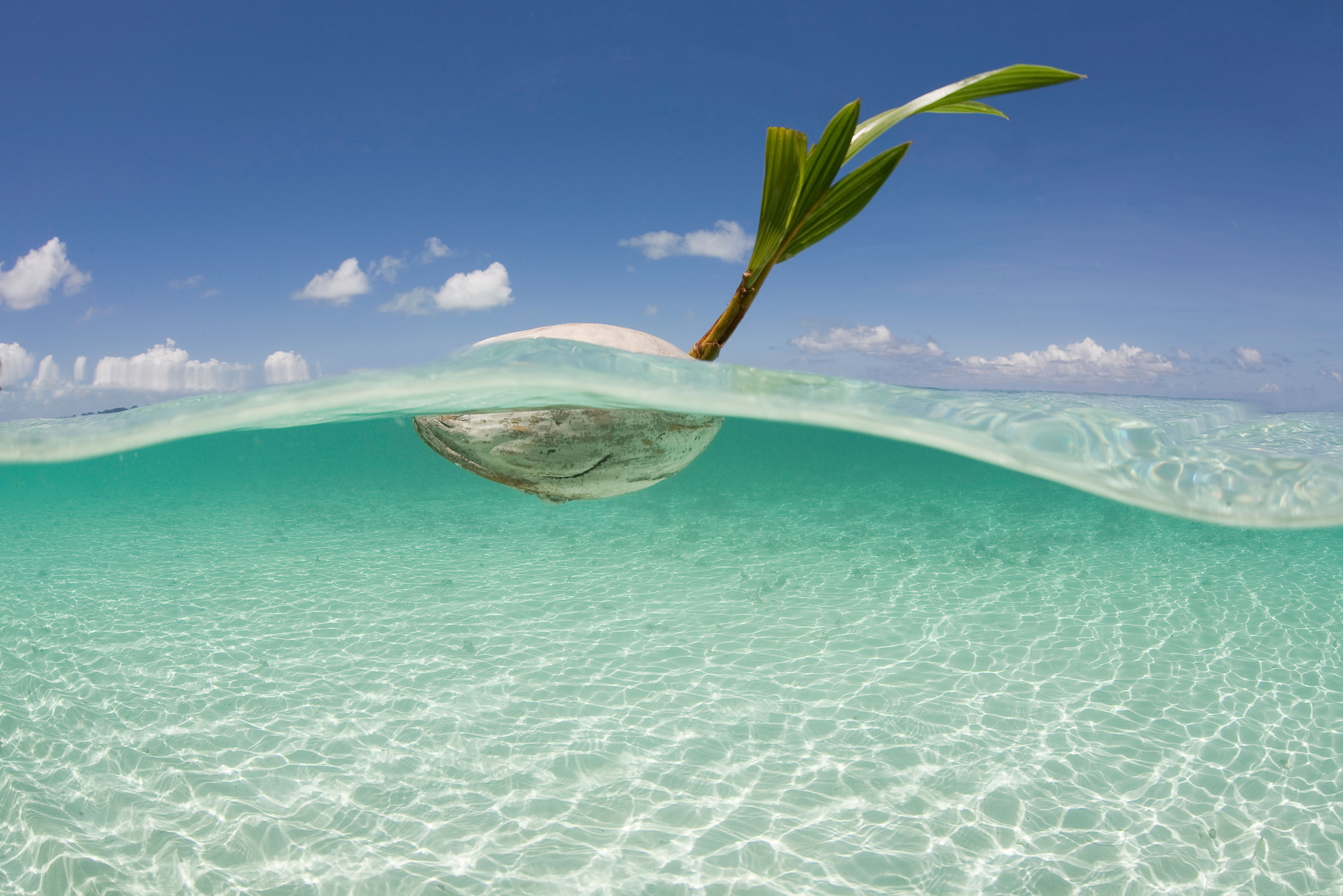
Nature’s own life buoy, the coconut has traversed the seas since the dawn of time.
Of course, many dandelions receive human assistance. Children have likely been blowing on dandelion puffballs forever — or at least since ancient Greece, when puffing at the globe of Taraxacum officinale carried wishes to the gods. Other seeds quite literally get a grip on passing mammalia by attaching to their fur with spikes and hooks. This is how wild oats sow themselves. Eventually, these stow-away seeds are deposited by their unsuspecting ride any place, any time. Birds frequently play delivery boy and girl to seeds; mistletoe berries are a thrush’s favourite meal in bleak midwinter and, after a brief visit to the digestive tract, the seeds emerge, held together in a bead-chain, on a convenient convenience of a tree, where they germinate. Jays bury acorns in earth larders. Some acorns become forgotten, to sprout as saplings. It is entirely possible that jays planted half the oakwood of Britain.
Exquisite houses, the beauty of Nature, and how to get the most from your life, straight to your inbox.
Then there are seeds that are capable of self-locomotion, such as the common stork’s-bill, a pretty pink flower of grassland. Erodium cicutarium’s screw-shape seed shrinks in dryness and expands in humidity, the consequence being that it drills itself into the earth. Veritably, it is a self-seeding seed. In a competitive category, the blue gum tree takes the title for the most mind-boggling dispersal system. This member of the eucalyptus genus releases flammable oils to prompt forest fires to raze the arboreal opposition. In the heat of the moment, the flame-retardant blue gum then releases its own seeds onto the cleared ground. Such stunts can’t fail to capture the imagination; a superb child’s guide, complete with coloured illustrations of artistic vividity, to the marvels of the world’s seeds and their dispersal methods is Cruschiform’s Seeds: Nature’s Intrepid Miracles (Prestel, £22.50).
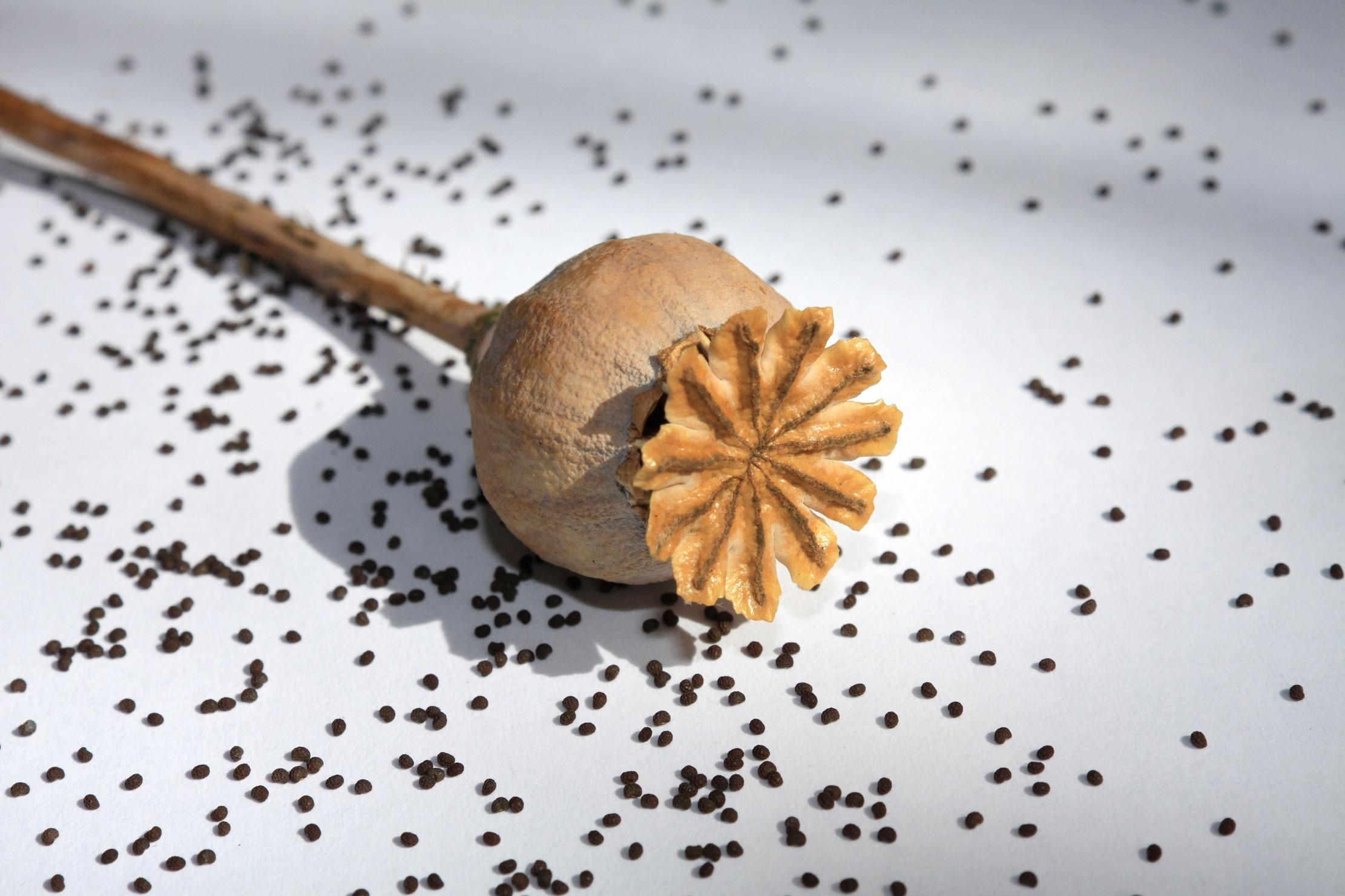
In Hellenic rituals worshipping Demeter, goddess of harvest and fruitfulness, poppy seeds were an altar item, as their numerousness suggested the goddess’ own fertility and fecundity.
Seeds. Adverts for miraculous Nature and her bounty. We have been living on our daily bread, developed from einkorn wheat, barley and emmer wheat, for more than 10,000 years. The ancient Greeks, as did the other old civilisations, understood the fundamentality of seed: in Hellenic rituals worshipping Demeter, goddess of harvest and fruitfulness, poppy seeds were an altar item, as their numerousness suggested the goddess’ own fertility and fecundity. (Break open the salt-shaker pod of the common poppy, watch more than 1,000 specky black seeds cascade out and you will understand the Greeks’ choice of oblation.) Hades trapped the goddess Persephone in the Underworld by tricking her into eating pomegranate seeds. She was then condemned to spend one-third of the year in Hades’ darkness, the remainder above ground with her mother, Demeter. And so, it came about that the Earth has its seasons.
Now plant a seed in earth and allow the forces of sun and water to perform their ordained roles. From the statis of the seed will emerge, via metamorphosis, a growing plant. ‘Convince me that you have a seed there, and I am prepared to expect wonders,’ said the great American naturalist Henry David Thoreau. He was correct and those wonders sustain life on Earth.
This feature originally appeared in the October 8, 2025, issue of Country Life. Click here for more information on how to subscribe'
-
 What trees taught me about perfect planting — Alan Titchmarsh
What trees taught me about perfect planting — Alan TitchmarshSense and patience is key to growing healthy trees, as a certain Mr Mackenzie showed a young Alan Titchmarsh
-
 What on earth is the person who comes up with Annabel's otherworldly facade displays on? London's most magical Christmas shop displays
What on earth is the person who comes up with Annabel's otherworldly facade displays on? London's most magical Christmas shop displaysPhotographs by Greg Funnell.
-
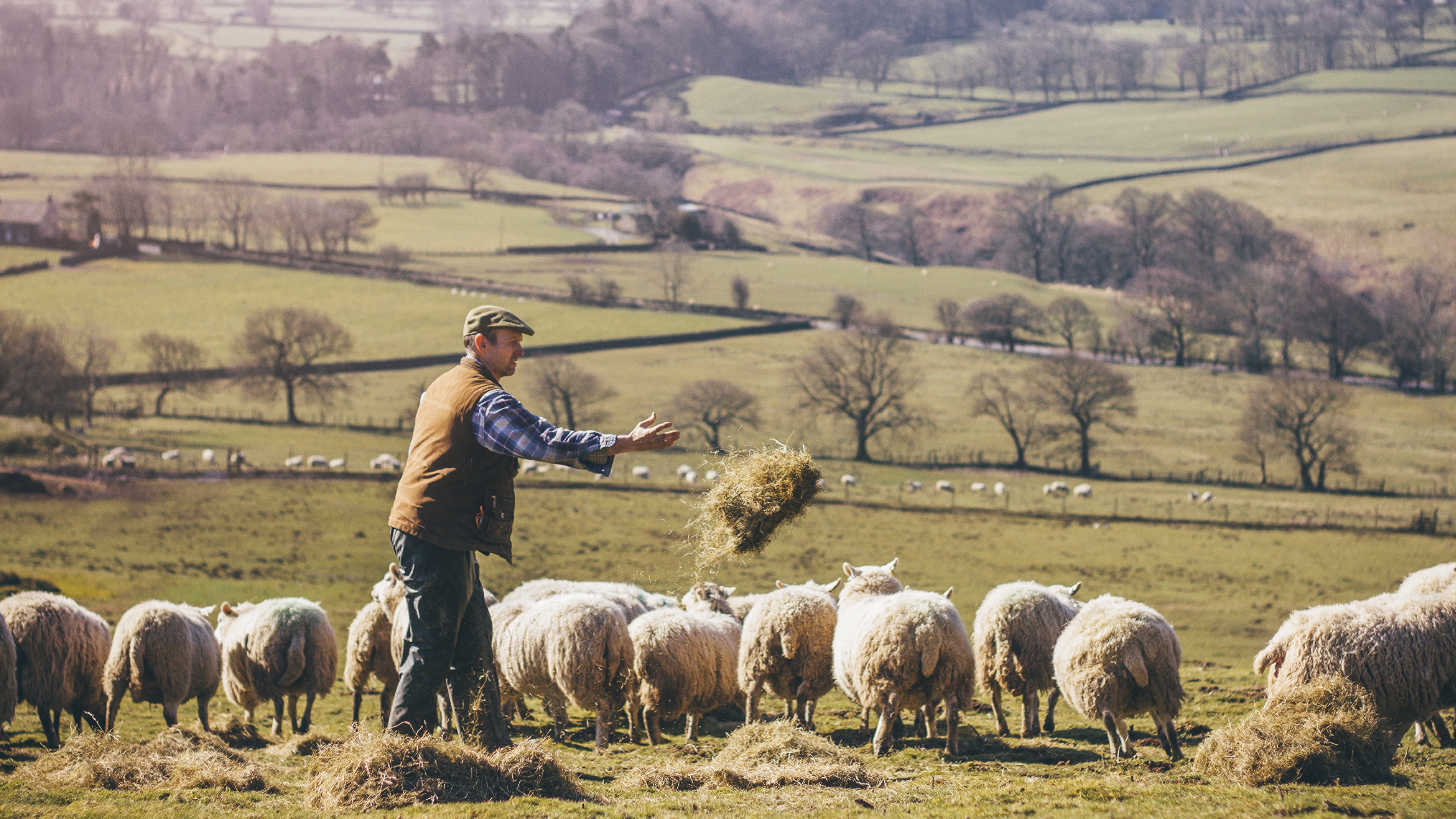 I was Jeremy Hunt’s main political adviser and helped put together multiple Autumn Statements and Budgets. This is what I think Rachel Reeves’s Budget means for the countryside
I was Jeremy Hunt’s main political adviser and helped put together multiple Autumn Statements and Budgets. This is what I think Rachel Reeves’s Budget means for the countrysideAdam Smith, former chief of staff to the Chancellor of the Exchequer, reflects on what last week's Budget means for the countryside and how we ensure the rural voice is heard loudly inside Budget preparations.
-
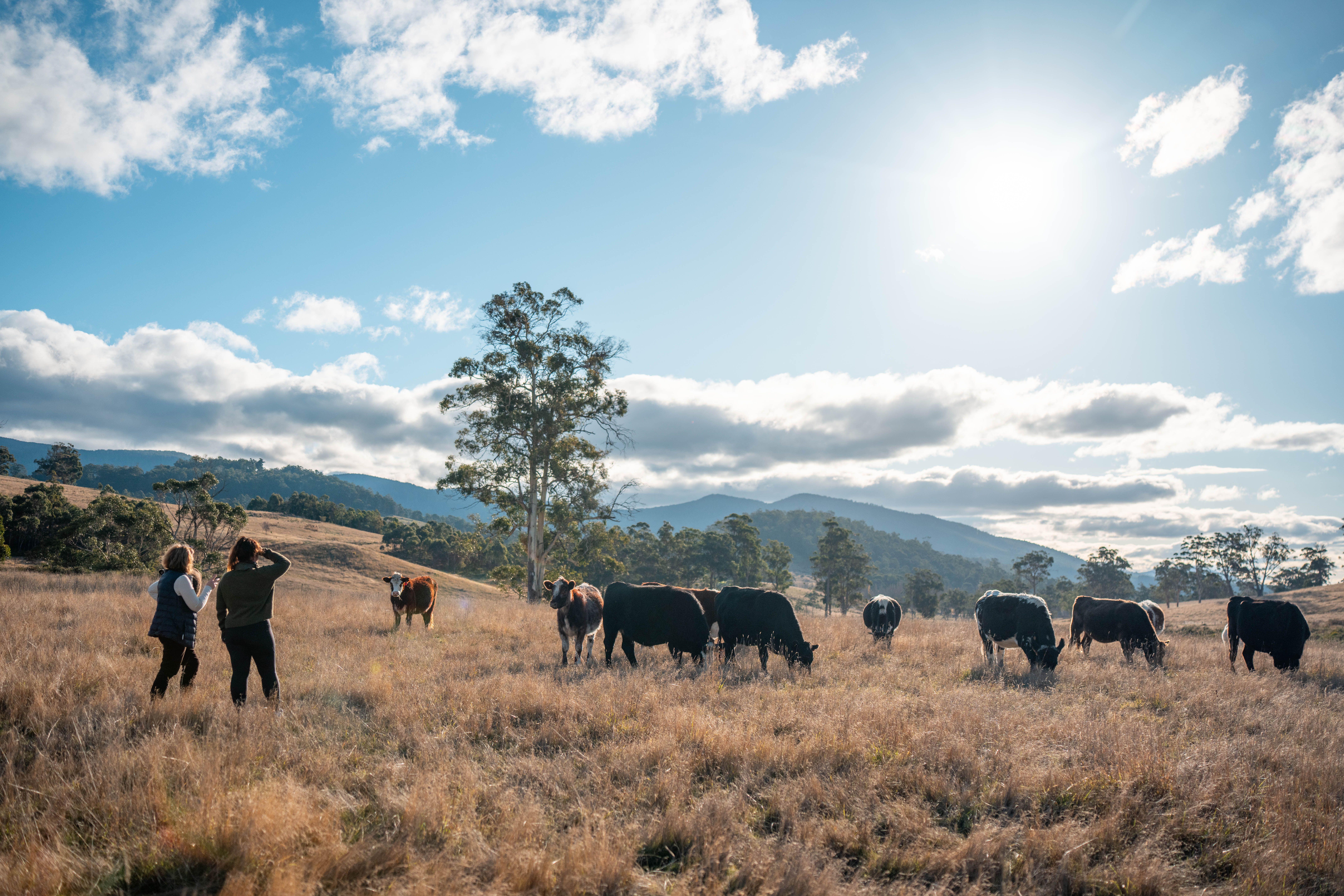 The Budget: What do we need to fix a broken countryside, and what will we get?
The Budget: What do we need to fix a broken countryside, and what will we get?With the Autumn Budget looming, countryside and heritage organisations reveal what they are hoping to hear to fix the turmoil — and what they are dreading
-
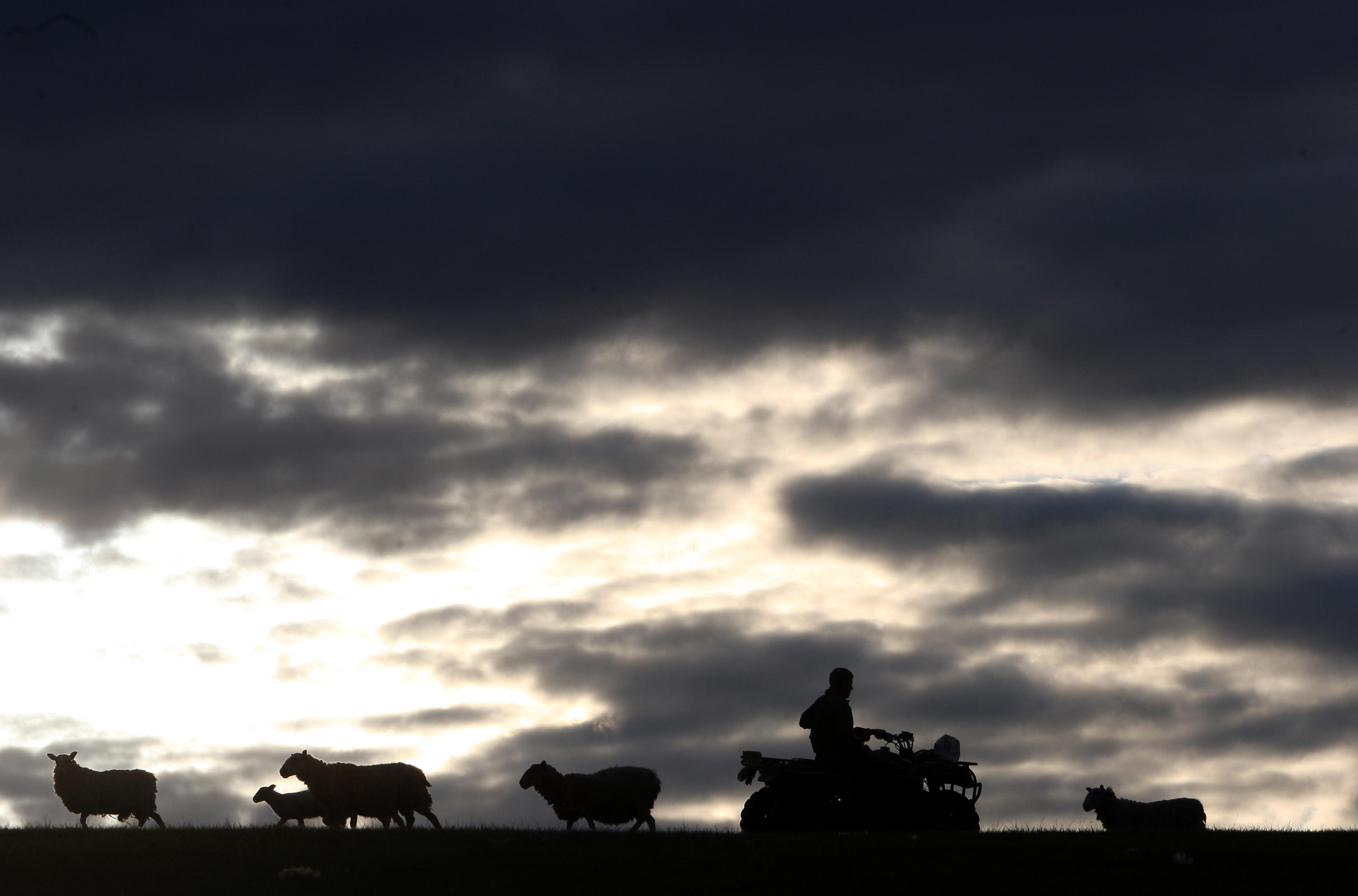 'I’m going to be the first in more than 100 years to sell anything off': How the upcoming budget uncertainty is impacting young farmers
'I’m going to be the first in more than 100 years to sell anything off': How the upcoming budget uncertainty is impacting young farmersChanges to inheritance tax, property relief and Defra budgets will likely change Britian's rural landscape. We ask the next generation of farmers what they think their future will look like.
-
 An unfenced existence: Philip Larkin's love of the countryside
An unfenced existence: Philip Larkin's love of the countrysideRichard Barnett pokes at Larkin’s protective carapace of soot-stained gloom and finds a writer with an unillusioned yet tenderly perceptive sense of Nature, in all its beauty and indifference
-
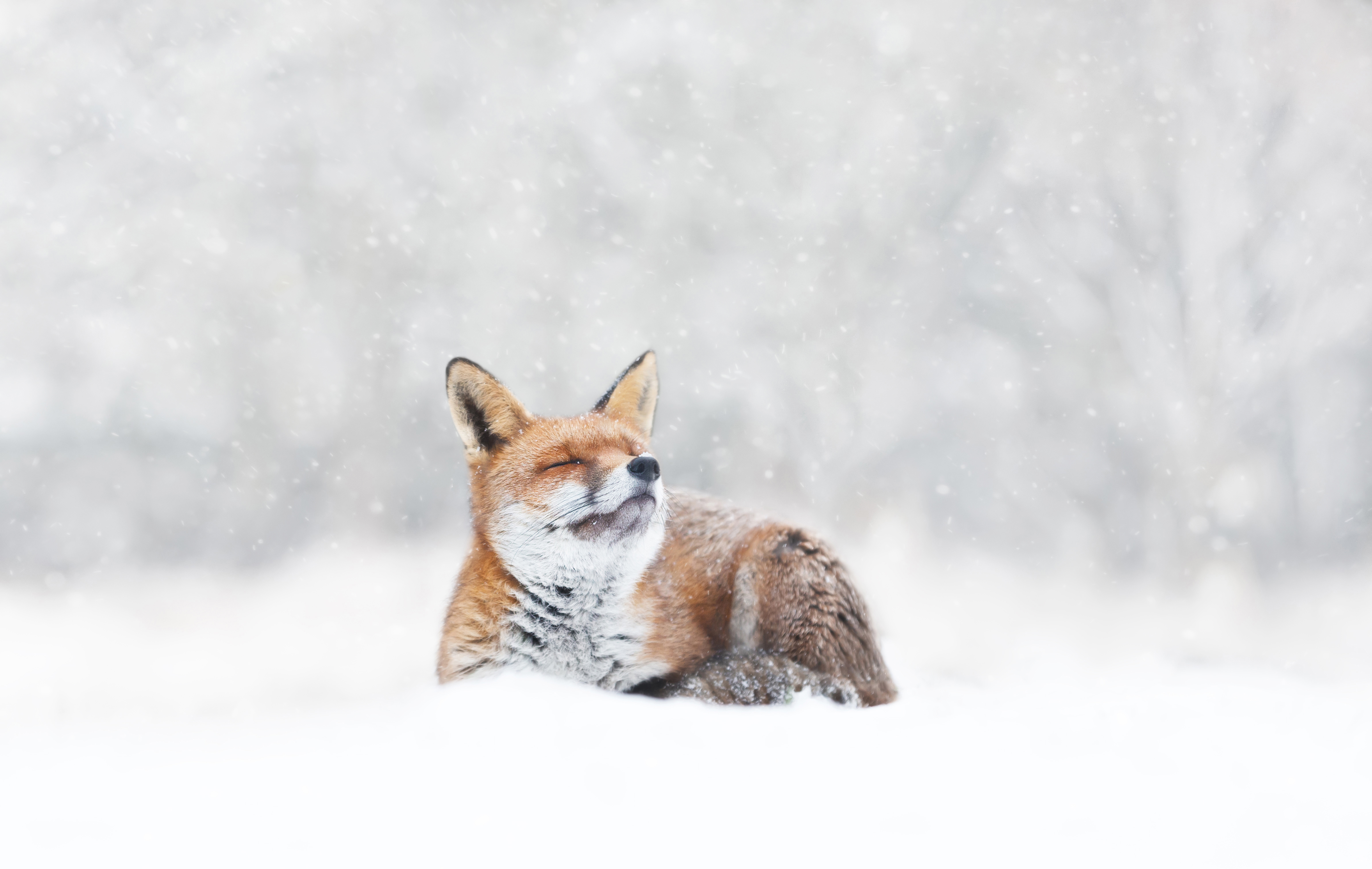 Baby, it’s cold outside (even if you have a natural fur coat): How our animals brave the winter chill
Baby, it’s cold outside (even if you have a natural fur coat): How our animals brave the winter chillWhen the temperature drops, how do Britain’s birds, beasts and plants keep the cold at bay? John Lewis-Stempel reveals Nature’s own thermals.
-
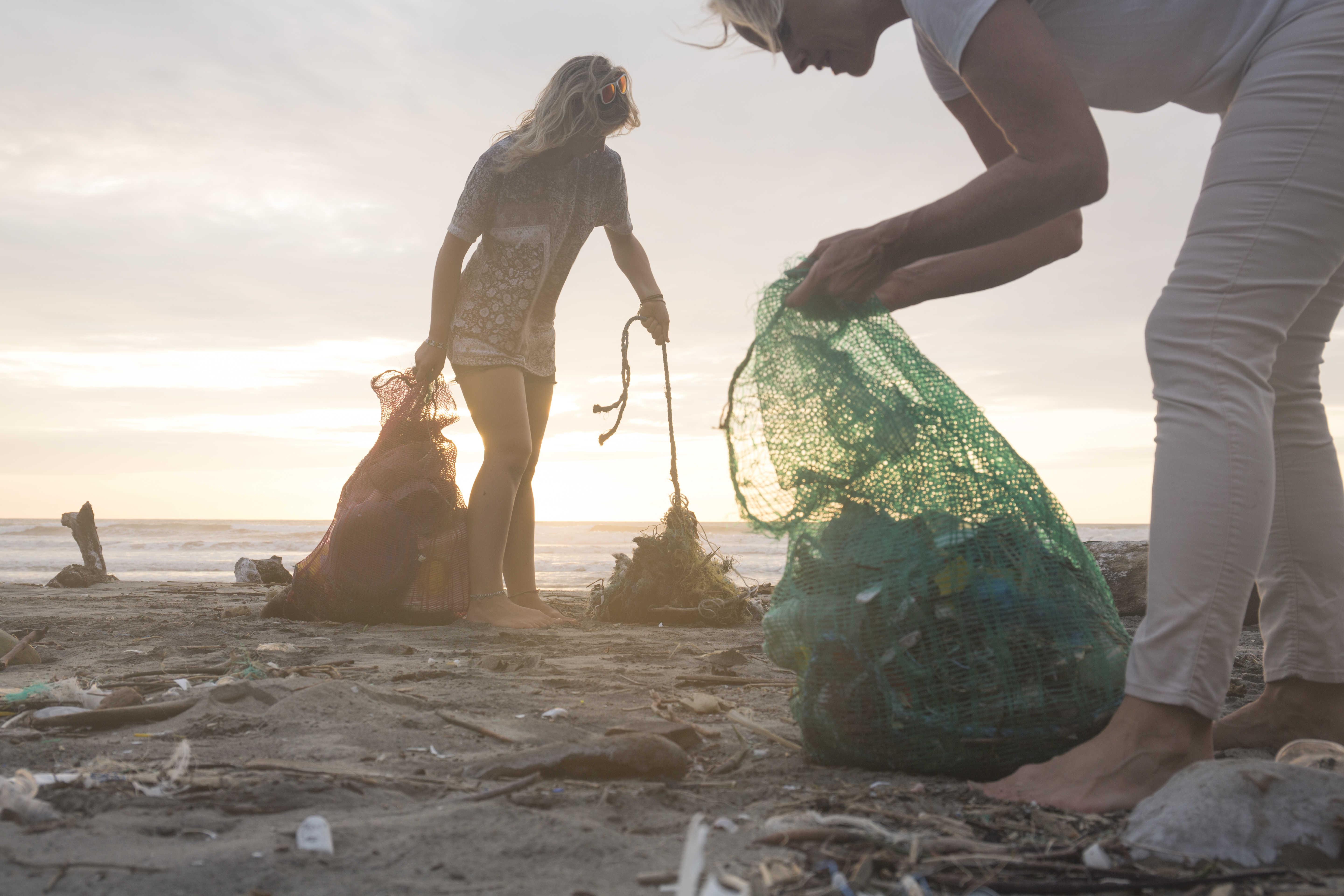 Retro rubbish: Waste from the 90s unearthed in 97-mile-long beach clean
Retro rubbish: Waste from the 90s unearthed in 97-mile-long beach cleanThe 6,482 volunteers unearthed waste discarded decades ago among the 232,229 pieces of litter recorded during the initiative.
-
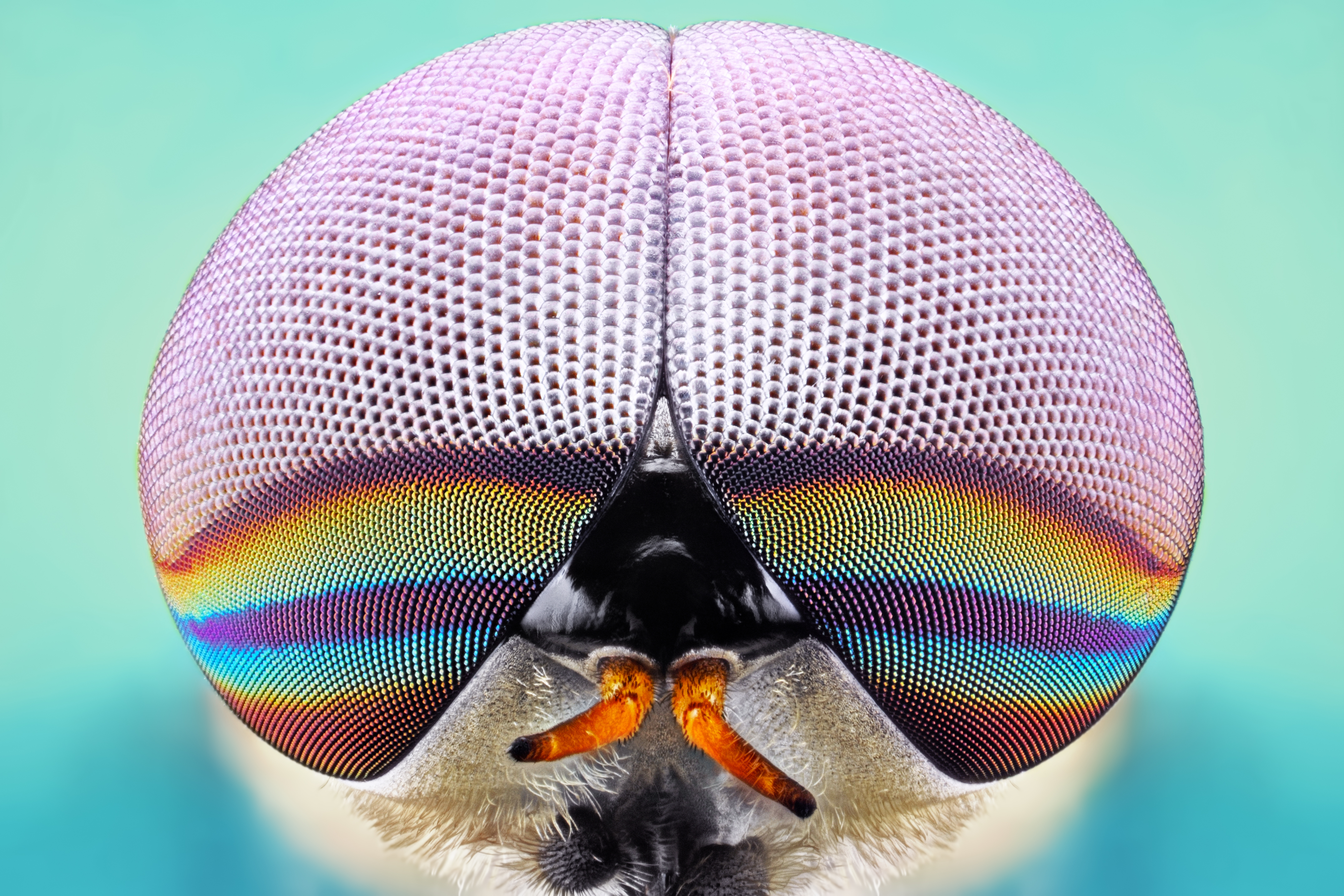 Dangerous beasts (and where to find them): Britain's animals that are best left alone
Dangerous beasts (and where to find them): Britain's animals that are best left aloneJohn Lewis-Stempel provides a miscellany of our otherwise benign land’s more fearsome critters.
-
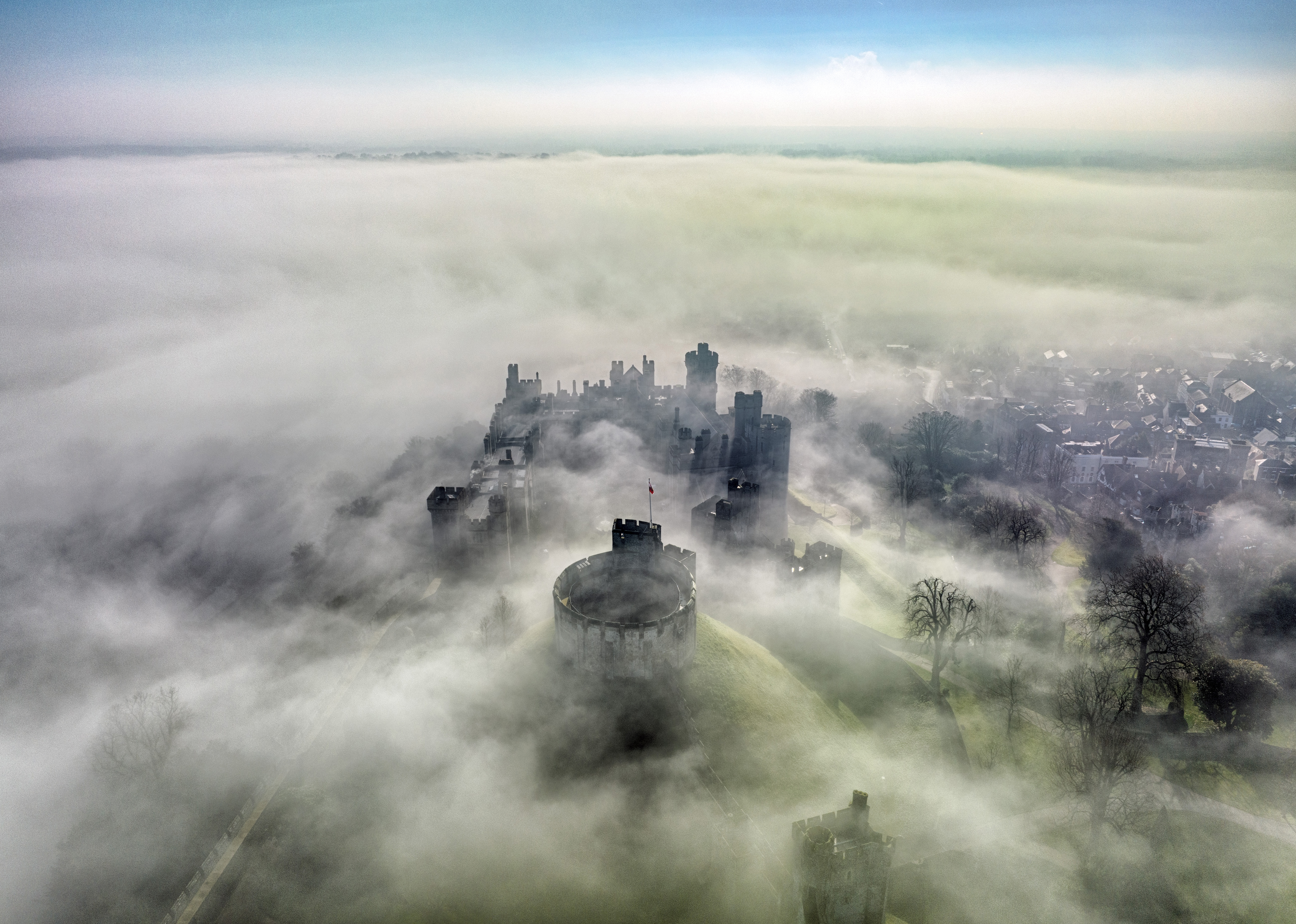 Mystery, muse and metaphor: There's more to fog than meets the eye
Mystery, muse and metaphor: There's more to fog than meets the eyeSmothering, transformative and beautiful, fog’s close-set shroud has inspired titans of literature, cinema and art — and forces the rest of us to look at the world a little closer.
